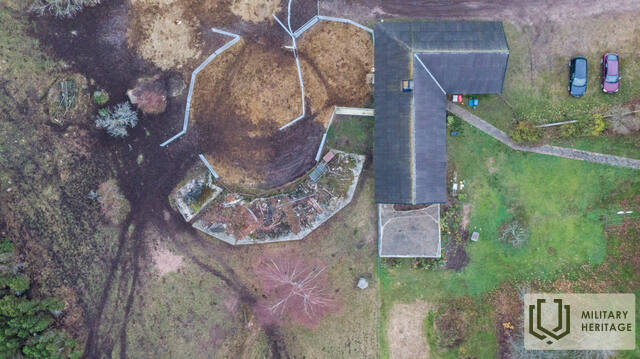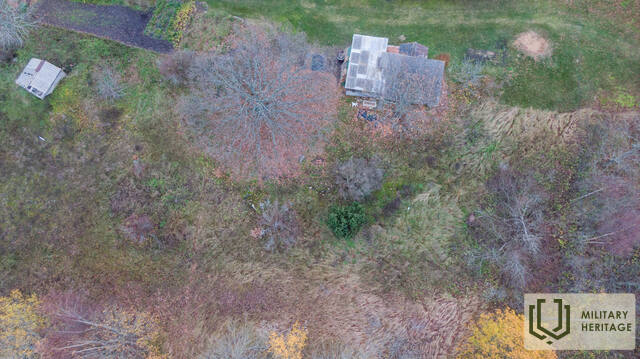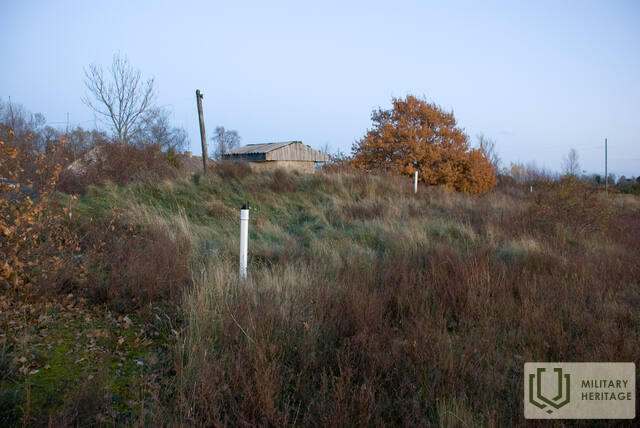120-mm Battery No 34 at Hindu (Sõru) Fortification

The construction of the battery began in 1914. As it was an additional battery, missing in the original plan of the naval fortress and the type of guns was repeatedly changed. Finally four 120- mm Vickers guns were installed. A 200-m length and 10-20-m width sandbar was piled up in defence of the gun emplacements and covered in concrete above the guns. Hindu was the only battery in Hiiumaa that participated in combat operations during the Tagalahe landing on 12 October 1917. After a brief exchange of fire with the German warships the Russian artillerymen fled, leaving the battery intact. The Germans sent a landing unit of soldiers inland that blew up the guns of the battery. One of the German warships that shot Hindu battery, was ’Bayern’, the warship with the largest displacement that has ever been in the Estonian waters (length 180 m, displacement 32 200 tons, eight 380-mm guns).The building of the battery radio station was transported to Emmaste and was used as the community centre (demolished in the 1980s). The gun barrels and other larger details were still there in 1937. Today the first and the second gun platforms are still identifiable, the other two are situated on a fenced farmyard. The third gun crater is filled with earth and there is a newly built house facing the sea, the remains of the fourth one is merely a cracked concrete platform. Out of two air defence gun platforms, one survives (a hundred metres toward the nursing home, on the right side of the road). There are no intact buildings. The machine gun bunker between the first and the second emplacement was completed in 1941.
Concurrently with the construction of Hindu battery, there was a plan to build something in Lepiku village where large gravel bars were piled up, still visible today. It is unknown what the building was going to be.










